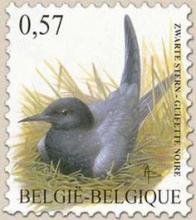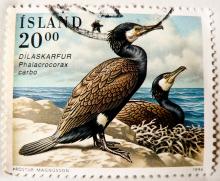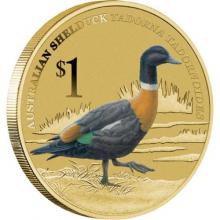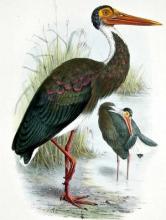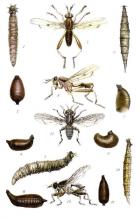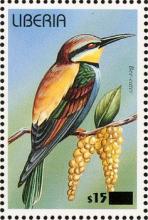Hong Kong’s most endangered species
- Lees meer over Hong Kong’s most endangered species
- Login om te reageren
The black-faced spoonbill (Platalea minor) has the most restricted distribution of all spoonbills, and it is the only one regarded as endangered. There remain only about 3,300 spoonbills, and the species spends the mating season on small islands along the west coast of the Korean Peninsula and in China’s Liaoning province, the WWF says. “With such a small global population, the black-faced spoonbill is inherently vulnerable to extinction,” it says.




